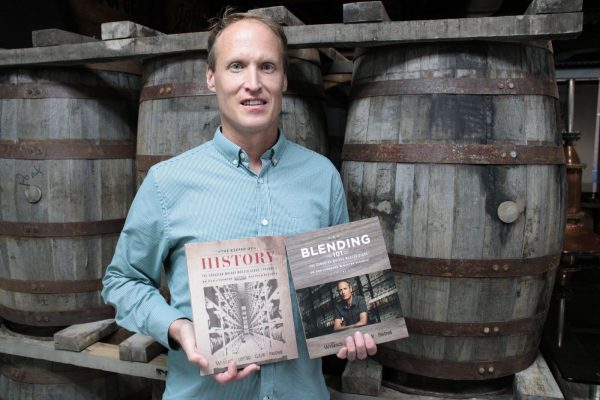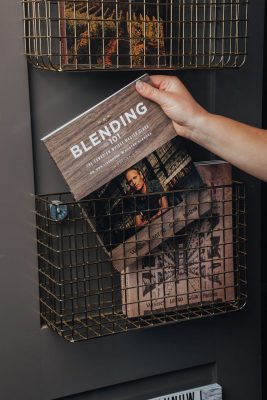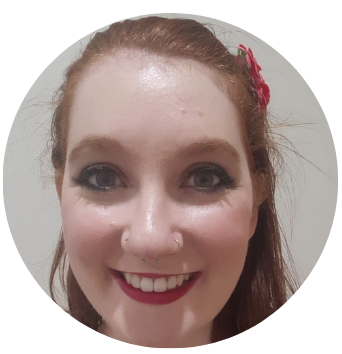Dr. Don Livermore has an awe-inspiring job as a Master Blender. He has a Ph.D. in brewing and distilling and is influencing the evolution of Canadian Whiskey for the last 25 years. “I will look at different grains, barrel types, and distillation methods to bring out certain flavors in the whiskey”, he explains. Every flavor profile tells a new story while echoing the traditions of our heritage.
“It’s trying to put all those combinations together and make a balanced, well-rounded whiskey that is complex”.
Those wishing to learn more about Canadian Whiskey will learn about its distinct origins and how to blend their unique creations. Vanessa Butera, Onside Media spoke with Dr. Don Livermore about being the keeper of history, and what makes Canadian Whiskey special.
Through The Canadian Whiskey Master Class, Livermore poured over two decades of craftsmanship and expertise into two volumes: The Keeper of History and Blending 101.

What did it take to claim the title of “doctorate” in your particular field?
Getting a Ph.D. in Brewing and Distilling is being offered at a couple more schools, but when I was studying in the early 2000s, it was exclusive to Heriot-Watt University in Edinburgh, Scotland. So, not too many people pursued that degree. It was a good experience. The company paid for me to complete the degree, it was much work, and I use it daily as a Master Blender.
The Master Blender role is research and development, so I invent new flavor profiles for Whiskey. I’ve spent much time getting to that level because it is the education and the experience. As a microbiologist in a laboratory on the brewing side of the business, I moved over to research and development, and eventually, I began blending recipes.
With Canadian Whiskey, we are a little different from many other whiskey categories. Some varieties will combine the grains, ferment them together, and then distill and age them in a barrel. For us, we will ferment all of the different grains separately (corn, rye, barley, wheat), distill them separately, age them separately, then combine all of the ingredients at the very last step.
Read more stories in our section: Lifestyle
You recently launched The Canadian Whiskey Master Class, a series of books that shine a light on the history and blending of Whiskey. Which section are you looking forward to the most?
The books came about several years ago. I started Blending 101 within our education system in our distillery. What that entailed was that I would line up 140 whiskies of different ages, grain types, barrel types, and distillation types.
Consumers would spend $100 and experience what it’s like to do my job. It was a little bit of an overwhelming exercise, but the consumer walked away with an appreciation for what it takes to be a master blender. I continue to do those courses once every 3-4 months, and they sell out very quickly.

I felt that people were inquisitive about Canadian Whiskey and how to blend Whiskey. There aren’t any textbooks on the history of Canadian Whiskey or the steps to properly blend it. So, when COVID19 hit all of us, I had time at home, so I sat down and wrote a book. I presented it to the marketing department, and I was told that this would lead to two books.
So, I split the book into the series “The Canadian Whiskey Masterclass.” Volume 1 is the history of Canadian Whiskey and my contributions as a master blender in the last 25 years.
In the second volume, I describe the first recipes of Canadian Whiskey, which date back to 1886. I talk about how those recipes have evolved over the last 150 years, all the way to how I draw in flavors today.
Both books are available at J.B. Wiser (jbwiserstour.ca).
It was an enriching experience for me, and it all started with the Blending 101 experience with consumers.

Regarding the masterclass, what would be the most important takeaway participants can expect to experience by the end of the series?
Canadian Whiskey is the most innovative, creative, and adaptable style of Whiskey. It has to be made of grain, aged in a wooden barrel of less than 700 L for a minimum of 3 years at 40% alcohol and fermented in Canada. Blending Canadian Whiskey is left to the master blender’s interpretation.
It makes Canadian Whiskey diverse, and honestly, isn’t that also Canada in general? I believe the Canadian whiskey category represents Canadian people’s creativity, innovation, and diversity.
How does it feel to pour 25 years of your experience into this Blend Your Own Whiskey masterclass?
It was much work, but it was necessary to tell our story. We have archives dating back before Canada was a country.
It’s imperative to tell the story of what we’re doing today. Putting together the blending kits, I was initially reluctant to do it, but so grateful we did it as a company.
The first book was called “The Keeper of History”. When I was promoted to master blender in 2012, my boss told me you are the “keeper of history”. And it took me a while to understand what that meant, but as the master blender, I’m supposed to remember why we did things a certain way and tell that to the next person. It’s essential for passing it on to the next generation.

Vanessa Butera





